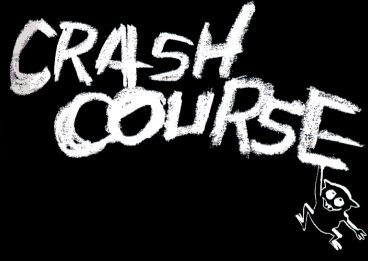

The rapidly expanding market in educational software is reflected by the sheer variety of programs now being issued. While not all of them strike me as as being of great educational value, it is nevertheless heartening to note that some publishers are now prepared to experiment with new ideas in this area.
One of the most exciting concepts is the See Hear range of programs from Softlee Systems, which provide audio material for the user to listen to through headphones while watching the screen. Each See Hear package comes complete with a connection lead for a standard ¼ inch stereo headphone socket, and other types of lead, suitable for personal stereos for instance, are also available from Softlee.
Using a stereo cassette deck, the tape is loaded into the computer in the usual manner, and the user will hear the instructions for the program through the headphones while the tape is actually loading. This is achieved by recording the spoken word onto one of the two tracks on the stereo tape, and putting the program onto the other track. Although the concept of audio-visual presentation in education is not new, Softlee are probably the first company to bring the whole idea within the reach of the ordinary home-computer-user.
From a teacher’s viewpoint, the See Hear programs seem to me to have an extremely useful role to play in our quickly-changing educational system. Over recent years, teachers of both primary and secondary school children have become increasingly aware of the importance of teaching listening and talking skills as well as those of reading and writing. Indeed, future exams may actually test levels of competence in all four of these skills.
At present, there is a dearth of materials specifically designed for teaching and assessing listening skills, and it would be valuable if the See Hear concept could be extended to cover a variety of subject areas. Tony Lee of Softlee Systems is very interested in developing software with a strong educational content, and hopes to add languages other than French to his range of programs.
Another novel program is Worldwise: Nuclear Weapons from the Richardson Institute for Conflict and Peace Research at Lancaster University. This program is not available in the shops, and can only be obtained from Lancaster University. Although it is therefore unlikely that the program will achieve any real commercial success, it is nevertheless good to know that, at last, minority interests are being catered for in the field of educational software.
It seems, however, that it is only the small publishers who are beginning to wake up to the needs of the large number of people involved in education. They are realising that educational software should not be directed solely at children involved in the traditional areas of learning, but at people of all ages who have a wide range of different educational interests. Let’s hope the larger publishers will soon follow suit.